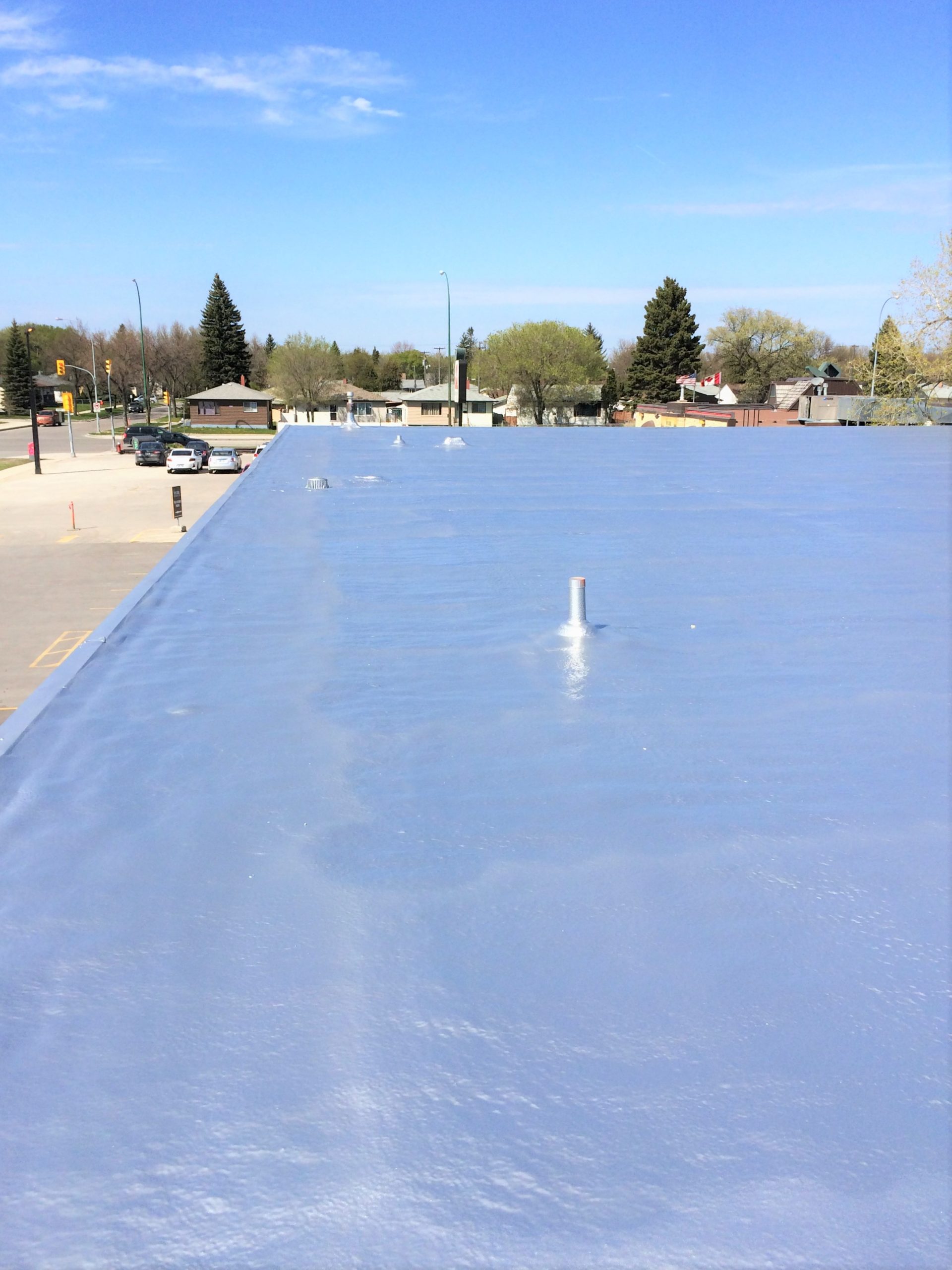Unlocking the Power of Protection: How does a Spray Foam Roof Work?

In the realm of modern roofing solutions, few innovations match the efficiency, durability, and versatility of spray foam roofing systems. These systems, also known as Spray Polyurethane Foam (SPF) roofing, have become increasingly popular for commercial and industrial buildings, thanks to their seamless application and exceptional performance in various climates and conditions. But how exactly does a spray foam roofing system work? Let’s delve into the science behind this revolutionary approach to roofing.
1. Application Process: Precision in Action
The journey of a spray foam roofing system begins with meticulous application. Trained professionals utilize specialized equipment to evenly spray a combination of polyurethane foam onto the roof’s surface. This process involves the simultaneous mixing of two liquid components – an isocyanate and a polyol resin – which react chemically to form a foam substance upon contact with the roof.
As the foam is sprayed, it expands to create a seamless, monolithic layer that adheres tightly to the roof substrate. This seamless application is crucial, as it eliminates the vulnerabilities associated with traditional roofing materials, such as seams and joints, which are prone to leakage over time.
2. Versatility and Adaptability: Conforming to Every Curve
One of the most remarkable aspects of spray foam roofing systems is their ability to conform to the unique contours of any roof. Unlike conventional roofing materials that require extensive customization to fit irregular shapes, spray foam can be applied smoothly and evenly across the entire surface, including around protrusions, vents, and HVAC equipment.
This versatility ensures comprehensive coverage and eliminates potential weak points where water penetration could occur. Whether the roof is flat, sloped, or features intricate architectural details, spray foam can be tailored to provide a seamless protective barrier, effectively sealing the building envelope against moisture infiltration.
3. Superior Insulation: Enhancing Energy Efficiency
Beyond its role as a waterproofing membrane, spray foam roofing systems also offer unparalleled thermal insulation properties. The foam’s closed-cell structure creates a highly effective thermal barrier, reducing heat transfer between the interior and exterior of the building.
By minimizing heat loss during the winter months and heat gain in the summer, spray foam helps maintain a comfortable indoor temperature year-round. This enhanced energy efficiency not only improves occupant comfort but also leads to significant cost savings on heating and cooling expenses over the lifespan of the building.
4. Longevity and Durability: Standing the Test of Time
A well-installed spray foam roofing system is built to last. Thanks to its seamless application and resistance to degradation from UV exposure and weathering, spray foam roofs boast an impressive lifespan that can exceed 30 years with proper maintenance.
Furthermore, the flexibility and elasticity of spray foam allow it to withstand the natural expansion and contraction cycles of the building without cracking or splitting. This resilience to movement ensures that the roof maintains its integrity even in regions prone to temperature fluctuations or seismic activity.
5. Sustainability and Environmental Benefits: A Greener Choice
In an era where environmental consciousness is paramount, spray foam roofing systems stand out as a sustainable choice for building owners. The materials used in spray foam are non-toxic and emit zero volatile organic compounds (VOCs) once cured, contributing to healthier indoor air quality.
Additionally, the energy-saving properties of spray foam reduce the carbon footprint of commercial buildings by decreasing reliance on heating and cooling systems powered by fossil fuels. As a result, choosing a spray foam roofing system aligns with efforts to mitigate climate change and promote eco-friendly building practices.
Conclusion
From its seamless application process to its superior insulation and longevity, a spray foam roofing system offers a comprehensive solution for commercial and industrial buildings seeking reliable protection and energy efficiency. By harnessing the power of polyurethane foam, building owners can safeguard their investments while reducing environmental impact and operating costs. In an ever-evolving landscape of construction technologies, spray foam roofing systems continue to shine as a beacon of innovation and sustainability.
